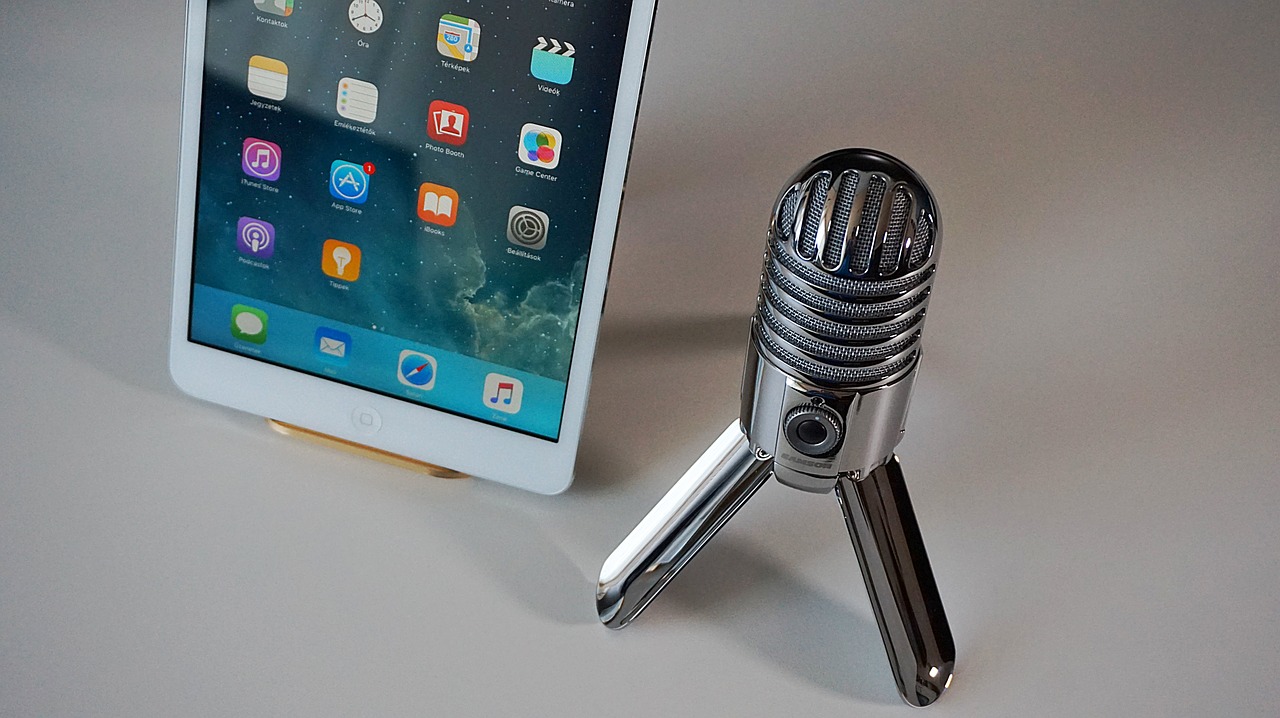How to Recycle Podcasts into Blog Posts for Marketing
A podcast is an episodic series of digital audio or video files distributed over the internet using syndication feeds. This type of content has become very popular in recent years, with many businesses and individuals creating their own podcasts to share valuable information with listeners all over the world.
However, one thing that may be holding you back from marketing your business with podcasts is that they can’t be indexed by Google search engine crawlers. To solve this problem, it’s possible to recycle your existing podcasts into blog posts for marketing purposes!
Benefits Of Turning Your Podcast Episodes into Blog Posts
Blog posts can be indexed in Google search engine crawlers, which in turn can help your business receive more exposure to potential customers. Also, when you convert your podcasts into written content, you’ll have the opportunity to use more keywords when writing your post. You can also include images or videos when making a blog post from an existing podcast episode.
Another advantage to creating blog posts from your existing podcast episodes is that you can reuse the content in multiple ways. For example, you could create infographic images or videos based on the written version of the original episode and then share them across different social media platforms. You might also consider adding an audio intro for each post, where one of your speakers summarizes the topic and provides a link back to your website.
How To Create a Blog Post from an Existing Podcast Episode?
While many are into podcasts since they can listen to whatever they are doing, many are also more comfortable reading. In addition, if some of your audience have hearing difficulties, they will appreciate it if your episode has a written version. Here are the steps to recreate episodes into written content.
– Open the podcast episode in an audio editing program. Then, select all relevant text and copy it into a Word document or other type of word processor on your computer. Or you could also use Google Docs to make things even easier!
– Once you’ve copied all of the relevant text from your podcast episode into a word processor, you can then edit it as needed to make any final changes. For example, you may also want to add some additional content that was not covered in the original recording.
– Finally, copy and paste this written version of your podcast episode onto a new blog post on your website or blog. You can also upload it to a blogging platform like WordPress or Blogger and then publish the post whenever you’re ready!
5 Vital Reminders to Add to Your Checklist
Create new and innovative content
Even if you are writing a blog post out of a podcast, you can still recreate it. Add more details and make the tone witty or friendly. You can even add more images or related infographics. Make sure that the images have “alt text” to be more optimized for search engines.
You would also want to increase the time your readers spend on your blog post. So, you can add short video clips related to your topic. Some bloggers embed videos from YouTube to add views to it while also making the readers stay.
Promote your blog post on different social media platforms
Polishing your blog post is not the end of your marketing effort. You need to share it with your various social media accounts to increase visibility among your target audience. It would be a waste to have an article that nobody will read. So, aside from making sure that it is optimized for search engines, you must share the link with your followers.
This can also build your thought leadership since your followers will see that you are well-versed in your industry.
Add an audio intro to your blog post
You can snip a piece of your podcast to introduce your blog post. This gives a fresh touch to your content and a chance for your readers to know your topic quickly. To get a suitable file format compatible with your blog or website, you can use file converters such as Transcribe. Let’s say you are looking for an M4A to WAV converter without the hassle of uploading files. Won’t it sound good to have a Transcribe Software that can convert files in your browser?
Edit the written version of your podcast episode to make it sound less like a recording
Writing a blog post from your podcast does not mean that you have to be verbatim. You are writing a blog post, not a transcript. You can add facts, explain in a clearer context to add an illustration.
Don’t get confined with the podcasts’ actual script. You can elaborate on your topic as long as it helps the readers understand it or to entertain them.
Make sure you cover all relevant information
Cover the information discussed when creating blog posts from existing podcast episodes. You can also include additional content if necessary. The details must be consistent and relevant. If your blog post has a different topic of discussion, it will make your readers confused.
Writing a blog post from a podcast is not easy. You still have to make it sound witty and friendly, just like in a podcast. But you can use this as a chance to share your expertise.
If you want to reach a broader audience, consider turning your podcast episodes into blog posts. If this is something that interests you or if it’s something you’re struggling with, then take the time to write blog posts from podcasts consistently.
More than just reusing your content, think about your readers who have different needs. Some prefer listening to well-discussed picks. Others like reading and learning more about the topic. Whatever they choose, you have to be there to help your audience or writers.

